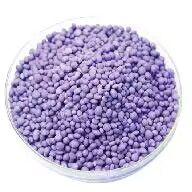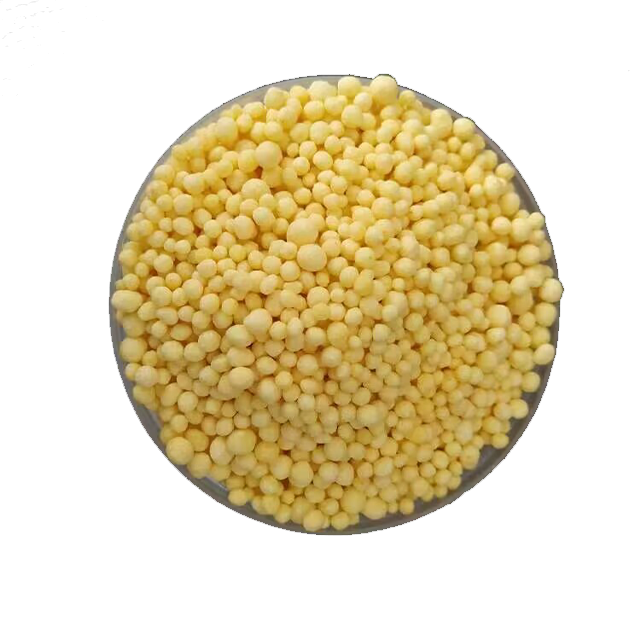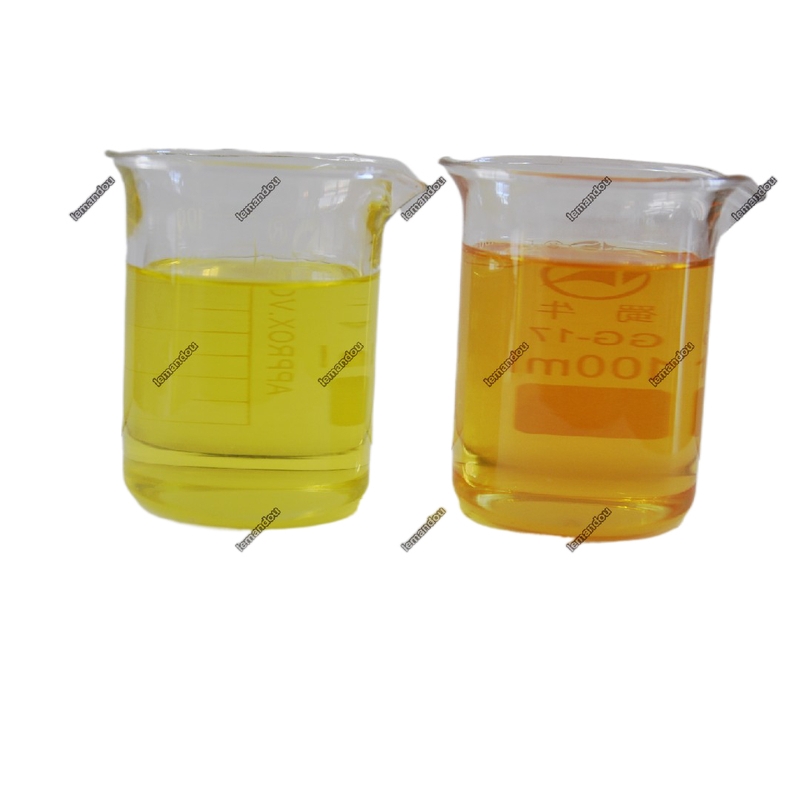Industry News
-

1. Promote cell division;
6-BA Pharmacy 6-BA Pharmacy 2. Promote differentiation of non-differentiated tissues; 3. Promote cell enlargement and fattening; 4. Promote seed germination; 5. Induce the growth of dormant buds; 6. Inhibit or promote the elongation and growth of stems and leaves; 7. Inhibit or promote root growt...Read more -

CITRIC ACID ANHYDROUS(CAA)
Citric acid anhydrous is the most widely distributed organic acid in fruits and vegetables, and also the most widely used acid flavor agent in food. Citric acid anhydrous is an important organic acid, also known as citric acid, colorless crystal, often contains a molecule of crystalline water, od...Read more -

The Use of Water Soluble Fertilizer
①Pay attention to the concentration Water-soluble fertilizer to take over is of course not directly used, the concentration of the liquid are very high, if used directly on top of the crop, it will burn the plant’s root system, are required to water to use, and then the proportion of the pa...Read more -

Agrochemical plant growth regulator Forchlorfenuron CPPU KT-30
Appearance: White crystal powder Chemical name: 4-CPPU,N-(2-Chloro-4-pyridyl)-N′-phenylurea Alias: Cytokinin,CPPU,KT-30 Molecular Weight: 247.68 Molecular Formula: C12H10CLN3O Melting Point: 171-173 ºC CAS No. : 68157-60-8 Residue on Ignition: 0.1% max. Loss on Drying: 0.5% max. Forch...Read more -

Function and efficacy of magnesium fertilizer
1. Magnesium is a component of chlorophyll (the content of magnesium in chlorophyll is about 2.7%), both chlorophyll a and chlorophyll b contain magnesium. Once the plant lacks magnesium, its chlorophyll synthesis will be affected, thus affecting the photosynthesis of the plant. 2. Magnesium is a...Read more -

Effects of boron on plant growth
Boron is a trace element fertilizer mainly related to the transformation and transport of compounds in plants. It can affect cell elongation and division. It is an essential element for crop flowering and growth, and plays an important role in the formation and development of plant organs. Thus, ...Read more -

Agrochemical plant growth regulator 6-Benzylaminopurine
About the Application/Usage and Function: 6-Benzylaminopurine has various effects such as inhibiting the decomposition of chlorophyll, nucleic acid and protein in plant leaves, keeping green and anti-aging; transferring amino acids, auxins, inorganic salts to the treated parts. It is widely used...Read more -

What is amino acid fertilizer? What are the advantages?
Amino Acid Powder contain organic nitrogen and inorganic nitrogen, which not only can be used as raw materials for foliar fertilizer but also can be apply on the crops as water flush fertilizer, ground fertilizer and basic fertilizer. There are two source, one is from animal fur, the other is fro...Read more -

Glyphosate price rising
From USD3380/ton at the end of June, the price of glyphosate has been rising all the way since then. As of July 26, the average price in the mainstream market was 39,000 yuan/ton, and the domestic price of 95% glyphosate rose by more than 60% in one month. During the period, the price of glyphosa...Read more -
why we should use seaweed as fertilizer?
Seaweed Fertilizer Benefits In Agriculture. Using seaweed in the garden is beneficial for plants as well as your health. Seaweed contains easily decomposable organic matter and other amendments that improve the structure of the soil. It also contains: Nitrogen – 2%; Potash – 2 To 3%; Phosphorus –...Read more -
Thiamethoxam brief introduction
Thiamethoxam belongs to eonicotinoid insecticides, whose mechanism of action is similar to imidacloprid, can selectively inhibit the receptor of acetylcholinesterase nicotinate in the central nervous system of insects, and then block the normal transmission of the central nervous system of insect...Read more -
The effect of seaweed Extract on soil, crops and fertilizer
The effect on soil Seaweed extract is a natural soil conditioner, which can directly supplement nutrients missing in the soil, activate beneficial microorganisms and have a strong inhibitory effect on harmful bacteria. The seaweed polysaccharide rich in algal extract can promote the formation of ...Read more





